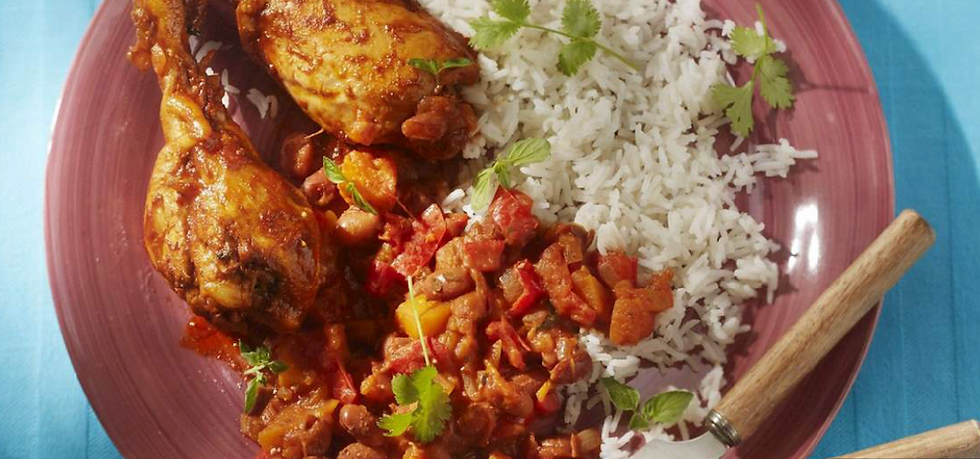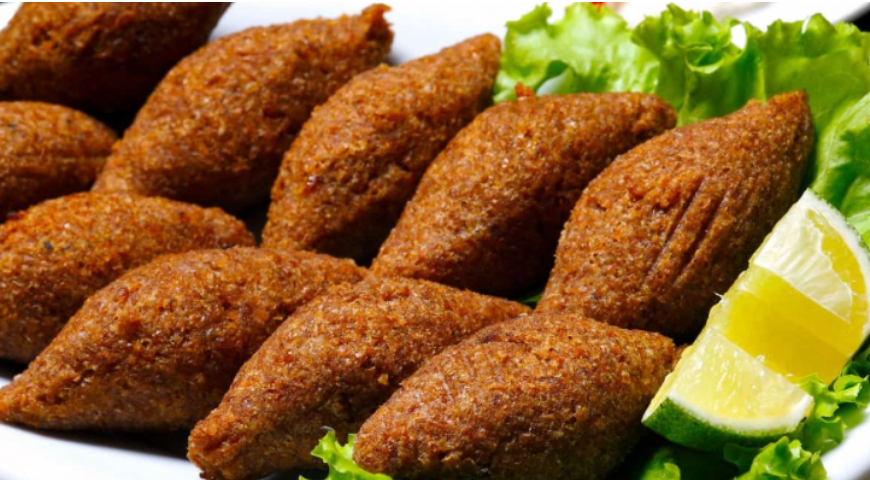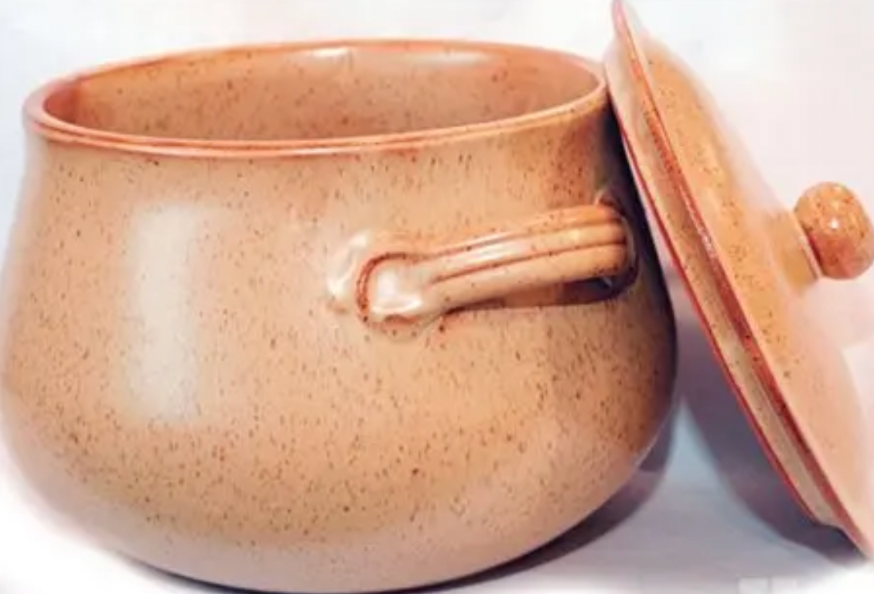Effects of Multicultural Cuisines on the Heritage of the Dominican Republic
- Alicia Alvarez

- May 12, 2023
- 4 min read
Updated: May 15, 2023
Abstract: My paper will focus on the effects of multicultural cuisines on the heritage of the Dominican Republic. I chose to write about this topic because I have always been fascinated by how similar some Dominican cuisines are to other cultures. I want to examine the historical processes that have led to modern-day cuisines. I plan on focusing on the Indigenous Taino, Spaniards, African, and Middle Eastern cultures to explain how historical interactions with the Dominican Republic have impacted its traditional food choices.
Introduction + Explanation of Interest
In most, if not all, cultures, similarities are found between popular cuisines. Being of a Dominican background, I was raised in a household where typical Dominican dishes became a norm for my taste palette. Making new friends of different backgrounds and learning about their traditional cuisines has opened my eyes to their similarities. This made me realize that food is a link between our cultures. Based on my experiences trying new foods and research, I have found that Dominican cuisines are influenced by Indigenous Taino, African, Spaniard and Middle Eastern cultures. These food similarities construct past immigration patterns to La Hispaniola and prove how multicultural cuisines have influenced the culture of the Dominican Republic.
African Influence
During the Atlantic slave trade in the 1500s, African populations rose in numbers in Santo Domingo, the capital of the Dominican Republic. With this came the influence of African dishes, specifically from Africa's Congo Region, on the cuisines that are now staple dishes in the Dominican Republic. One of the most popular dishes in the Dominican Republic is mangú. Mangú is a dish that consists of mashed boiled green plantains mixed with butter and oil. This dish is usually served with salami, fried onions, and fried cheese on the side. It is no surprise that the green plantains crop was initially grown in West Africa. Additionally, it is interesting how similar the Dominican word "mangú" is to the word "manguisi," a West African word referring to mashed vegetables. Other African dishes that have come to influence Dominican cuisine include zambumbio (known as "sopión" and "sancocho de habichuelas") and a variety of stews.

Spaniard Influence
Due to Spanish rule, the Dominican Republic was a Spanish colony from 1492 to 1795. During this time, there was an influence on cuisines in La Hispaniola from the Spaniards. A staple dish known in the Dominican Republic is rice and beans with chicken, mostly pollo guisado. This dish is called "La Bandera Dominicana," meaning "The Dominican Flag." Based on research, this dish was influenced by the Spanish colonizers in that they introduced ingredients and techniques to Dominicans that are still used today. One of the common ingredients is adobo, a well-known seasoning used in almost all Dominican dishes. Other popular Dominican dishes influenced by Spanish culture include sancocho, bacalao, and arenque.

Middle Eastern Influence
As an effect of the Moorish Invasion in Spain and the further Arab migration to the Dominican Republic, Middle Eastern culture is influenced by traditional Dominican cuisine. A Dominican food that is one of my favorites is "quipes," a fried dish made from bulgur and cooked ground beef. This cuisine is influenced by the popular Lebanese dish, "kibbeh." The main difference between both dishes is that instead of beef, Lebanese kibbeh is filled with lamb meat and onion and is seasoned with mint and traditional Middle Eastern spices. Other popular Dominican dishes that the Middle Eastern culture has influenced are niño envuelto (meat or vegetable stuffed cabbage rolls) and tipile, which is similar to Lebanese "tabbouleh" (salad with a mix of tomato parsley, bulgar, onion, and other vegetables).

Indigenous Taino Influence
Before the discovery of La Isla Hispaniola by Christopher Columbus, the Tainos were settled in what is now known as Haiti. Tainos originally named their land "Ayiti." An example of Taino heritage embedded in Dominican cooking methods is the "cazauela de barro," which translates to "clay pot". Some staple foods in the Dominican Republic influenced by Taino heritage are cassava (known as "casabe" or "yuca"), roast pork (known as "puerco asado"), and rice with pigeon peas (known as "arroz con gandules").

Closing
One of the most essential components of cultural identity is the different types of food the culture comprises. From an anthropological lens, it is interesting to see how history and the interactions one culture has had with the other have impacted the staple foods of cultures, such as from the Dominican Republic. Being Dominican has given me an appreciation for different cultures and their significant influence on the home cuisines I grew up eating.
Works Cited
Aseasonedgreeting. “Mangu - a Seasoned Greeting - Easy Dominican Breakfast.” A Seasoned Greeting, March 22, 2020. https://aseasonedgreeting.com/2020/03/22/mangu/.
Bastin, Mike. “The Most Typical Dishes of the Dominican Republic.” Century 21, May 11, 2023.
Clara, Tia. “Dominican Food: History, Origins, and Basics.” Dominican Cooking, March 9,
Gómez, María Alejandra. “Kibbe Frito, Típico Plato Libanés - Comedera - Recetas, Tips y Consejos Para Comer Mejor.” Comedera, March 26, 2022. https://www.comedera.com/kibbe-frito-tipico-plato-libanes/.
HOY. “El Legendario y Cálido Barro, Para Caldos Fríos O Calientes.” Hoy Digital, June 17, 2009. https://hoy.com.do/el-legendario-y-calido-barro-para-caldos-frios-o-calientes/.
TasteAtlas. “La Bandera Dominicana: Traditional Meat Dish from Dominican Republic: Tasteatlas.” World Food Atlas: Discover 16694 Local Dishes & Ingredients, December 16, 2015. https://www.tasteatlas.com/la-bandera-dominicana.
Vanessa. “Dominican Food: An in-Depth Guide to Flavors, Culture and Recipes.” My
Dominican Kitchen, February 24, 2023. https://mydominicankitchen.com/dominican-food/#:~:text=Dominican%20food%20is%20mostly%20recognized,migration%20in%20the%20Dominican%20Republic.



Comments